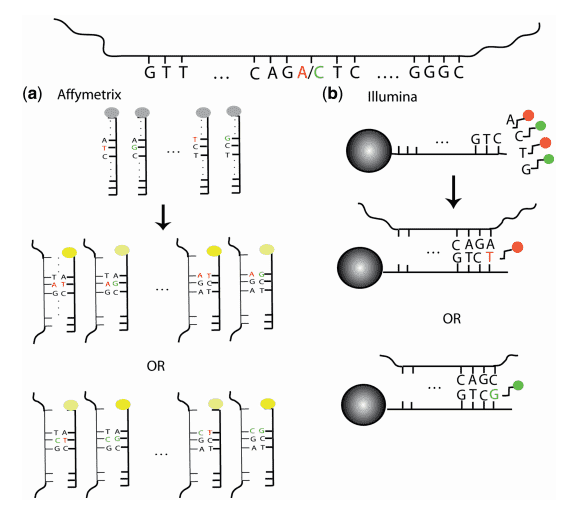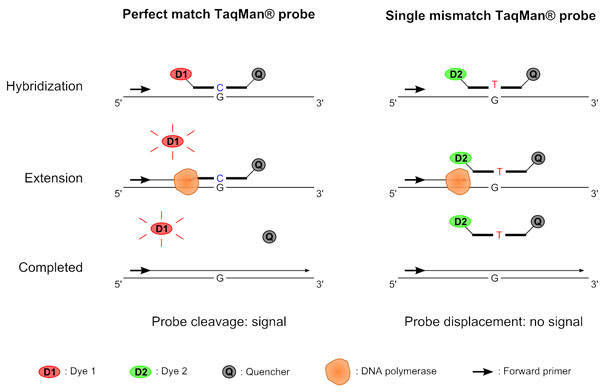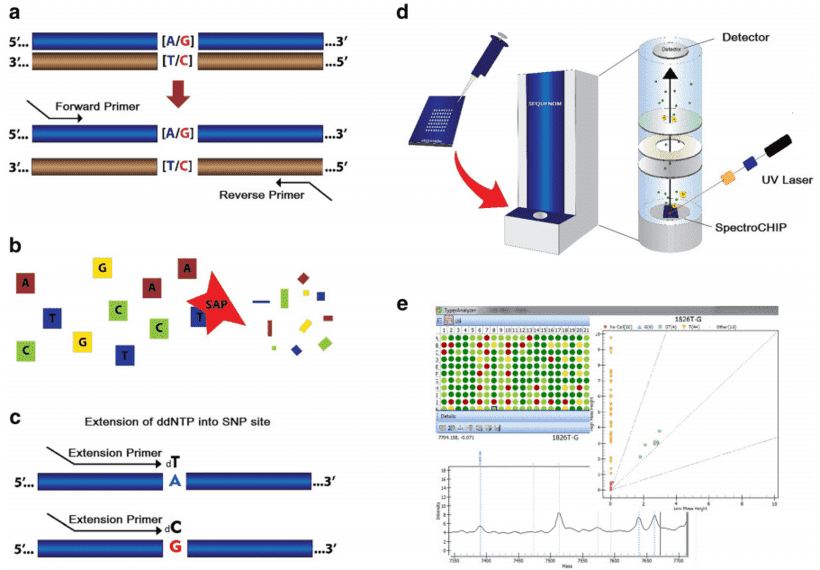We use cookies to understand how you use our site and to improve the overall user experience. This includes personalizing content and advertising. Read our Privacy Policy
Navigation
- Home
- Sequencing
- Genomics Sequencing
- Complete Plasmid/Phage Sequencing
- Mitochondrial DNA (mtDNA) Sequencing
- Viral Genome Sequencing
- Whole Genome Sequencing
- Whole Exome Sequencing
- Targeted Region Sequencing
- Amplicon Sequencing Services
- Chloroplast DNA (cpDNA) Sequencing
- TCR-Seq
- Shallow Whole Genome Sequencing
- Human Mitochondrial DNA (mtDNA) Sequencing
- Long-Read Sequencing
- ctDNA Sequencing Services
- Gene Panel Sequencing Service
- Long Amplicon Analysis (LAA)
- Animal/Plant Exome Sequencing Service
- Transcriptomics
- Bacterial RNA Sequencing
- RNA-Seq
- Small RNA Sequencing
- LncRNA Sequencing
- CircRNA Sequencing
- Ribosome Profiling (Ribo-seq)
- Total RNA Sequencing
- Targeted RNA Sequencing
- Degradome Sequencing
- Exosomal RNA Sequencing
- Ultra Low RNA Sequencing
- Dual RNA-seq
- microRNA Sequencing Service
- mRNA Sequencing Service
- Epigenomics
- Targeted Bisulfite Sequencing
- EM-seq Service
- Reduced Representation Bisulfite Sequencing
- Whole Genome Bisulfite Sequencing (WGBS)
- MeDIP Sequencing (MeDIP-Seq)
- ChIP-Seq
- MeRIP Sequencing (m6A Analysis)
- RIP-Seq
- ATAC-Seq
- NGS-BSP
- DNA 6mA Sequencing
- DAP-Seq Service (DNA affinity purification sequencing)
- 5mC/5hmC Sequencing
- oxBS-seq
- hMeDIP-seq
- Nanopore RNA Methylation Sequencing Service
- RNA Methylation Sequencing Service
- 2'-O-RNA Methylation Sequencing Service
- PacBio SMRT Sequencing
- Microbiome
- Genome Editing Sequencing
- Nanopore Sequencing
- Other Services
- Antibody Screening Sequencing (Phage Display Library Screening)
- Immune Repertoire Sequencing
- Sanger Sequencing
- Pre-made Library Sequencing
- Lentiviral/Retroviral Integration Sites Analysis
- AAV Genome Sequencing
- AAV (Adeno-Associated Virus) Integration Site Analysis
- 10x Spatial Transcriptome Sequencing Service
- HLA Typing
- Genomics Sequencing
- Genotyping
- Population Genetics
- Bioinformatics
- Microarray
- Applications
- Company
- Get Your Instant Quote


 Sample Submission Guidelines
Sample Submission Guidelines
 Figure 1. Overview of SNP array technology (laframboise 2009). (a) In the Affymetrix assays, there are probes for both alleles and the DNA binds to both probes regardless of the allele it carries. The impeded binding manifests itself in a dimmer signal. (b) In Illumina beadarray assays, a bead contains a sequence complementary to the sequence adjacent to the SNP loci. When it binds the DNA and exhibits different colors.
Figure 1. Overview of SNP array technology (laframboise 2009). (a) In the Affymetrix assays, there are probes for both alleles and the DNA binds to both probes regardless of the allele it carries. The impeded binding manifests itself in a dimmer signal. (b) In Illumina beadarray assays, a bead contains a sequence complementary to the sequence adjacent to the SNP loci. When it binds the DNA and exhibits different colors. Figure 2. The principle of TaqMan SNP genotyping.
Figure 2. The principle of TaqMan SNP genotyping. Figure 3. The steps in genotyping using MassARRAY iPLEX system (Svidnicki et al. 2015). (a) Locus-specific amplification reaction. (b) SAP enzyme neutralizes unincorporated dNTPs. (c) iPLEX assay. (d) The products are analyzed by the MALDI-TOF method. (e) Data analysis.
Figure 3. The steps in genotyping using MassARRAY iPLEX system (Svidnicki et al. 2015). (a) Locus-specific amplification reaction. (b) SAP enzyme neutralizes unincorporated dNTPs. (c) iPLEX assay. (d) The products are analyzed by the MALDI-TOF method. (e) Data analysis.